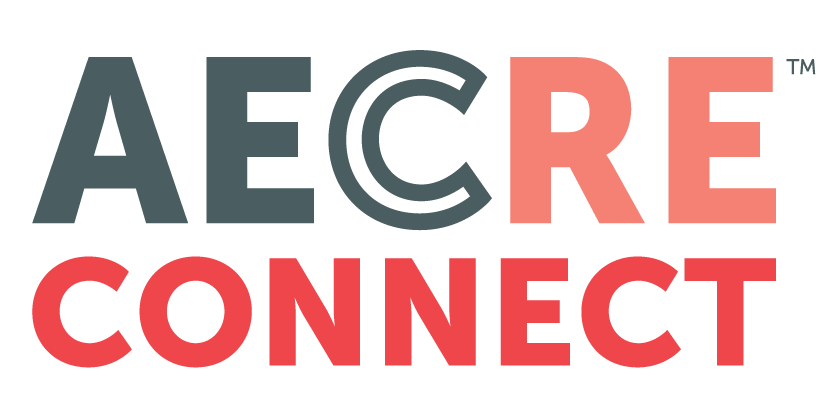Read the original article from ArizonaEconomy.com, a product of Elliott D. Pollack & Company, here.
- Data that is B.C. (Before COVID-19). That information shows a strong economy back then. But, that’s over now and is largely irrelevant. IGNORE IT.
- Data that shows what happened during the period when COVID-19 was getting worse and self-quarantining was just getting started. This includes much of the March data including the recently released employment results. So, the data is not a true picture of what is going on. It was from a transition period. Thus, it is largely meaningless. IGNORE IT.
- Data that illustrates what has happened very recently such as the weekly claims for unemployment. IGNORE IT.
Here’s why.
You shouldn’t be concerned with how bad things look right now. Current events are like nothing in modern history. The unprecedented slide in the economy has nothing to do with normal economic cycles. It is due to a reaction to COVID-19 that will be transitory. In addition, the CARES Act just passed by congress is not a stimulus package. It is a disaster relief package. It is specifically designed to get income primarily to those whose income has been cut due to COVID-19 and its fallout (although every adult American with an income of less than $99,000 will get some cash). Though not perfect, it is a well-designed program that should keep cash flowing to those who lost their income source.
In fact, about the only thing you should be focusing on businesswise right now is what it will take in terms of people and resources to reopen and what the world will look like when that happens. Plan for lots of demand and an overtaxed supply chain. Don’t wait. Be proactive, not reactive.
That being said, we will continue to report on the economy. We just wanted to give you some perspective.
The ultimate solution will probably be a combination of the discovery that existing drugs can mitigate the impact of COVID-19, a new vaccine, or the fact that so many people will have gotten the bug, recovered, and become immune for a time. It is also possible that the economy reopens in phases with those who become immune and those whose risk of death is very low (using the proper denominator) leading the way and those with compromised immune systems and the very old remaining in some type of quarantine. No one can know at this point. But, again, this will be temporary.
The economy will recover. As we have said before, those who remain employed during the current outbreak will accumulate more money than in normal times simply because they can’t spend when stores, restaurants and bars and hotels are closed. Those who were laid off will have received relief funds from the government and should be in at least OK shape (there’s still a likelihood that some might have fallen through the cracks but they will hopefully get relief as well before this is over). So, the ultimate recovery into normalcy is likely to be relatively quick. Whether quick means a few months or much longer depends on events yet to occur. People’s spending patterns may change in ways we can’t understand at the moment. This will most likely be for the better.
Many of the changes we are now seeing could survive the pandemic. Social distancing. More work from home. Take out versus sit in restaurants or more spaced out seating. Less shaking hands or standing closely in line. Fewer vacations to crowded places. Fewer crowded classrooms. Forget the salad bar tongs. Generally, there will be a move away from things that move people together in crowded places. This may last a long time especially if there is a rebound in Coronavirus cases late this year. This memory will not fade fast.
For Arizona, the effect will be significant. Tourism is a pillar of the state’s economy. For example, how will Spring Training be impacted next March?
Overall, the April employment numbers will give us a better idea of how bad things will get. A third of the labor force could be affected. The unemployment rate will go above 15% and real GDP in the second quarter could be down 25%-30%. The good news is that it’s just a number and won’t mean much after this is over as long as the CARES Act works.
So, what should you do with your “time off”? This is not something you’d expect from an economic publication. But, these are strange times.
So, here is our list:
- Remain optimistic, this too shall pass
- Don’t spend too much time watching the news. It will drive you crazy and most of it is meaningless or unimportant.
- Relax
- Read
- Exercise, go for walks
- Reconnect. Stay close to your immediate family. Stay connected with friends, people who you find interesting, and those you love and who bring meaning into your life. Reconnect with old friends who you’ve lost touch with.
- Get organized, rearrange the furniture, organize your home office, rearrange your old photos, clean out your emails, etc.
- Revisit your dreams and goals
- Discuss things with your maker (whatever you perceive him or her to be)
- Get a list of the 100 best movies ever and pick some you want to see. Maybe all of them?
- Listen to your favorite music
- Meditate
- Cook
- Write
- Play with your pet
- Play a board game you liked when you were a kid
- Start a blog
- Make a cocktail
- Learn something new
- Take a day drive
- Make a list of things you want to do and places you want to go when this virus passes
- Have a party using Zoom
The list goes on and on. No reason to be bored. This is a once in a lifetime opportunity. Take advantage of it. And, most of all, have faith that things will work out.
As for this week’s data, as stated above most of it is meaningless. So, we will just skim over it.
U.S. Snapshot:
Probably the most useful information was initial claims for unemployment insurance. It is here where the sheer scale of the disruption on the U.S. labor market caused by the Covid-19 virus pandemic becomes so evident. Initial filings for unemployment insurance jumped to a record 6.648 million claims for the week ending March 28. For the week ending March 20, initial claims were 3.307 million. Compare that to the week ending February 29 when initial claims were 217,000. The numbers will rise further over the next few weeks.
Total payroll employment declined 701,000 in March. Much of the data was collected before many major layoffs occurred. So, the number is bound to go up next month. In addition, there were some technical issues that affected to information. This was the largest one month job loss in history and will be exceeded in April. Almost 60% of the entire job loss came from one industry: food services and drinking places. That industry lost 417,400 jobs. Other industries hit hard were child care services, dental offices, temporary help services, and accommodations.
Not surprisingly, consumer confidence tumbled in March as Covid-19 wreaked havoc on the economy. The drop was from 132.6 in February to 120.0 in March. It was 124.2 a year ago and is still relatively high by historic standards. Expect more of a drop next month.
Other data included the ISM non-manufacturing index being lower in March but it was still above 50 (it was 52.5 in March compared to 57.3 in February). A reading above 50 indicates that sector of the economy was still expanding. The ISM manufacturing index was just below 50 in March. It was 49.1 in March after a February reading of 50.1.
Arizona Snapshot:
As for Arizona, Phoenix Sky Harbor airport was booming with the number who enplaned up 5.0% and the number who deplaned up 5.4% year-to-date. That will fall when March is reported.



